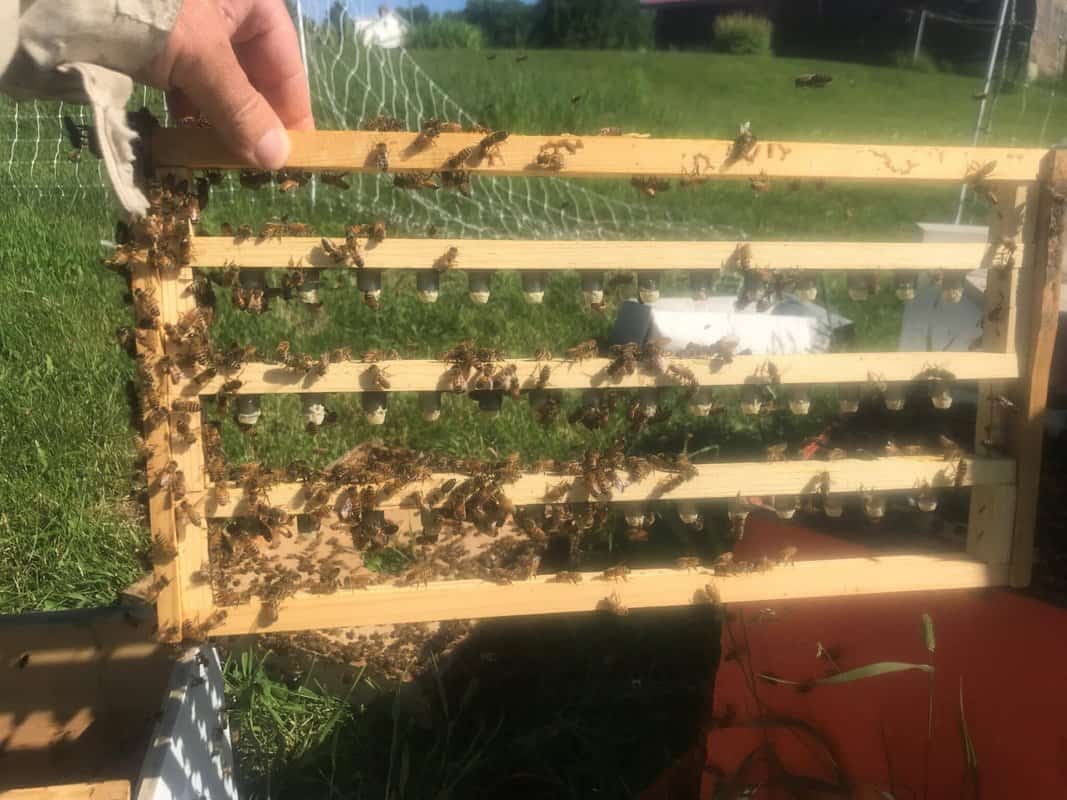Beekeeping is an important activity for many people, with beekeepers managing both the health of their colonies and the production of honey and wax. But what if beekeeping could be made even more efficient and productive? That’s where the concept of “2 queen bees” comes in. Using two queen bees in a hive can provide a number of benefits to beekeepers, from increased honey production to improved colony health. In this article, we’ll explore what it means to have two queen bees in a hive and the potential advantages of this technique.
What Are Two Queen Bees?
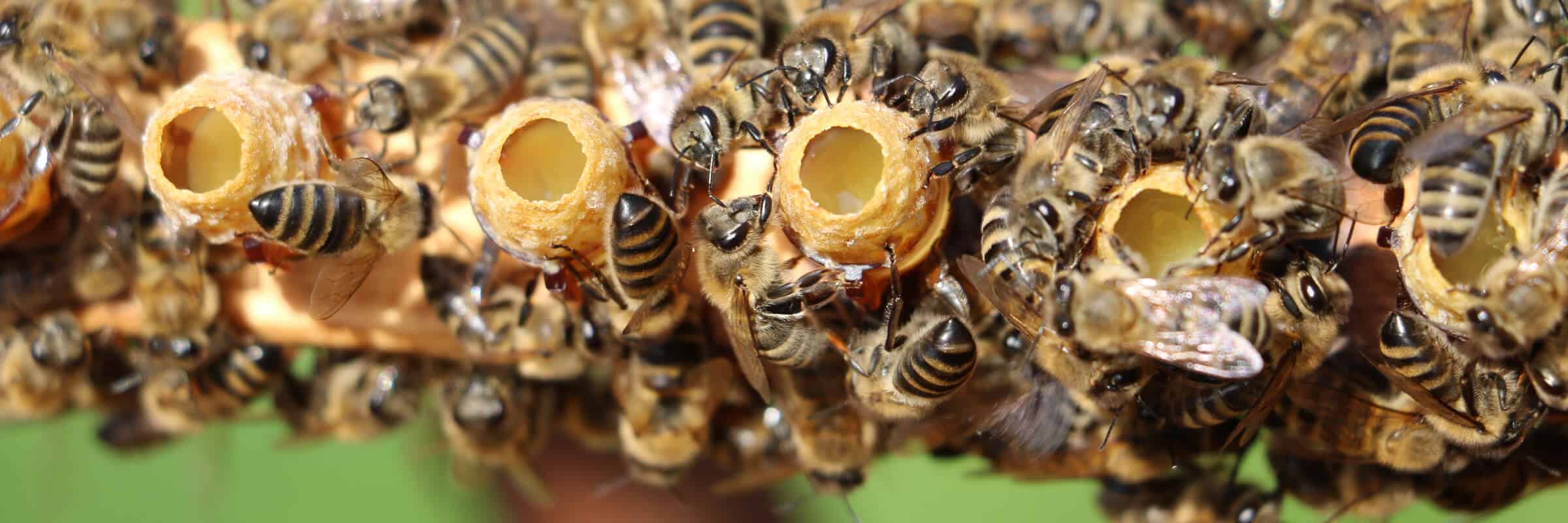
Two queen bees refer to the practice of keeping two queens in one hive in beekeeping. This technique is gaining popularity among beekeepers as it has several advantages, including:
- Increased genetic diversity: Having two queens in one hive allows for a greater genetic diversity in the bee population, which helps to improve the overall health of the colony. This is especially important for beekeepers who are trying to breed bees for specific traits.
- Increased productivity: Having two queens in one hive can increase the productivity of the colony due to the increased number of eggs being laid. This can be beneficial for beekeepers who are looking to increase the size of their hives or to increase the amount of honey produced.
- Reduced swarming: Having two queens in one hive can reduce the risk of swarming, which can be a major issue for beekeepers. This is because the two queens can help to reduce the chances of the colony becoming overcrowded, which can lead to swarming.
Overall, using two queen bees in one hive can be a great way for beekeepers to improve the health and productivity of their colonies. By increasing the genetic diversity and reducing the risk of swarming, beekeepers can make the most of their beekeeping efforts.
Can A Bee Hive Have More Than One Queen?
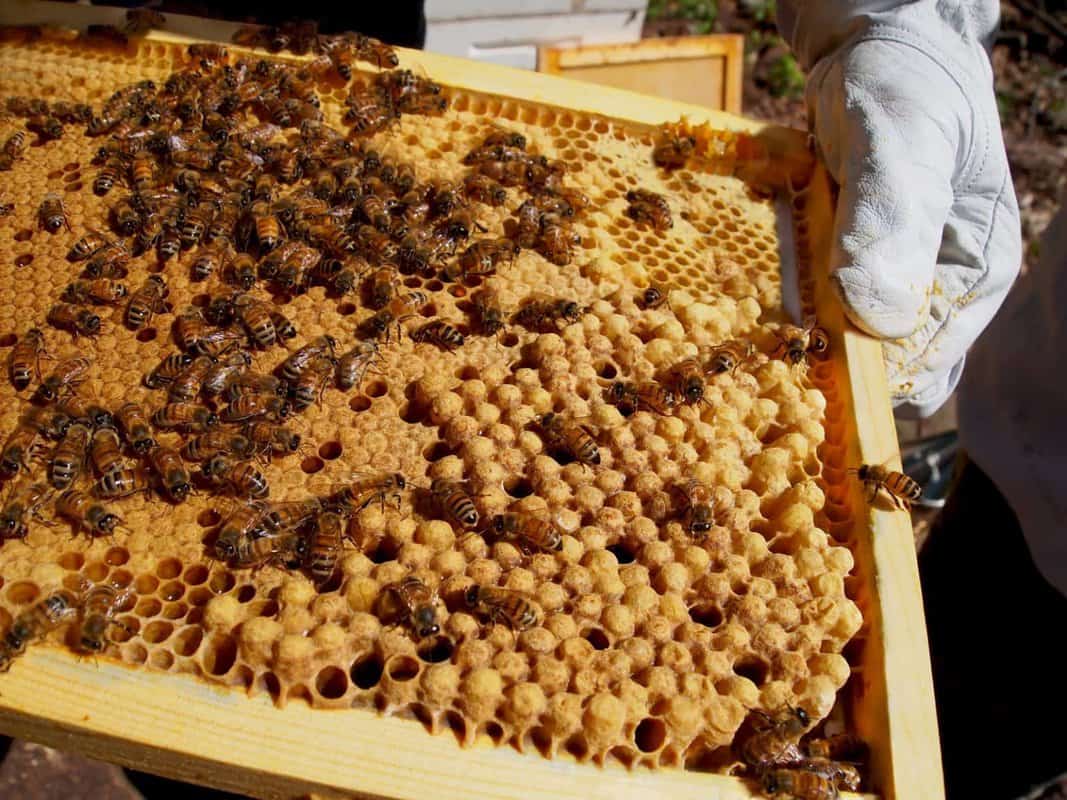
Yes, a bee hive can have more than one queen. This is becoming a popular practice among beekeepers as two queen bees can offer many advantages over a single queen bee.
Advantages of Having More Than One Queen
Having two queen bees in a hive can result in a larger population of bees, which can increase honey production. Additionally, two queens can help to reduce the risk of disease, as they will share the same resources. Two queen bees can also help to ensure the longevity of the hive, as if one queen dies, the other will take over and the colony can continue to thrive.
Disadvantages of Having More Than One Queen
The main disadvantage of having two queen bees is that they may fight for dominance and the resulting hive may be less productive. Additionally, two queens can result in a larger population of bees, which can cause overcrowding and lead to swarming.
Overall, using two queen bees can be beneficial to beekeepers, but there are some drawbacks to consider. While two queen bees can help to increase honey production and reduce the risk of disease, they can also lead to overcrowding and swarming. Beekeepers should weigh the pros and cons before deciding to use two queen bees in their hive.
Benefits of Two Queen Bees in Beekeeping
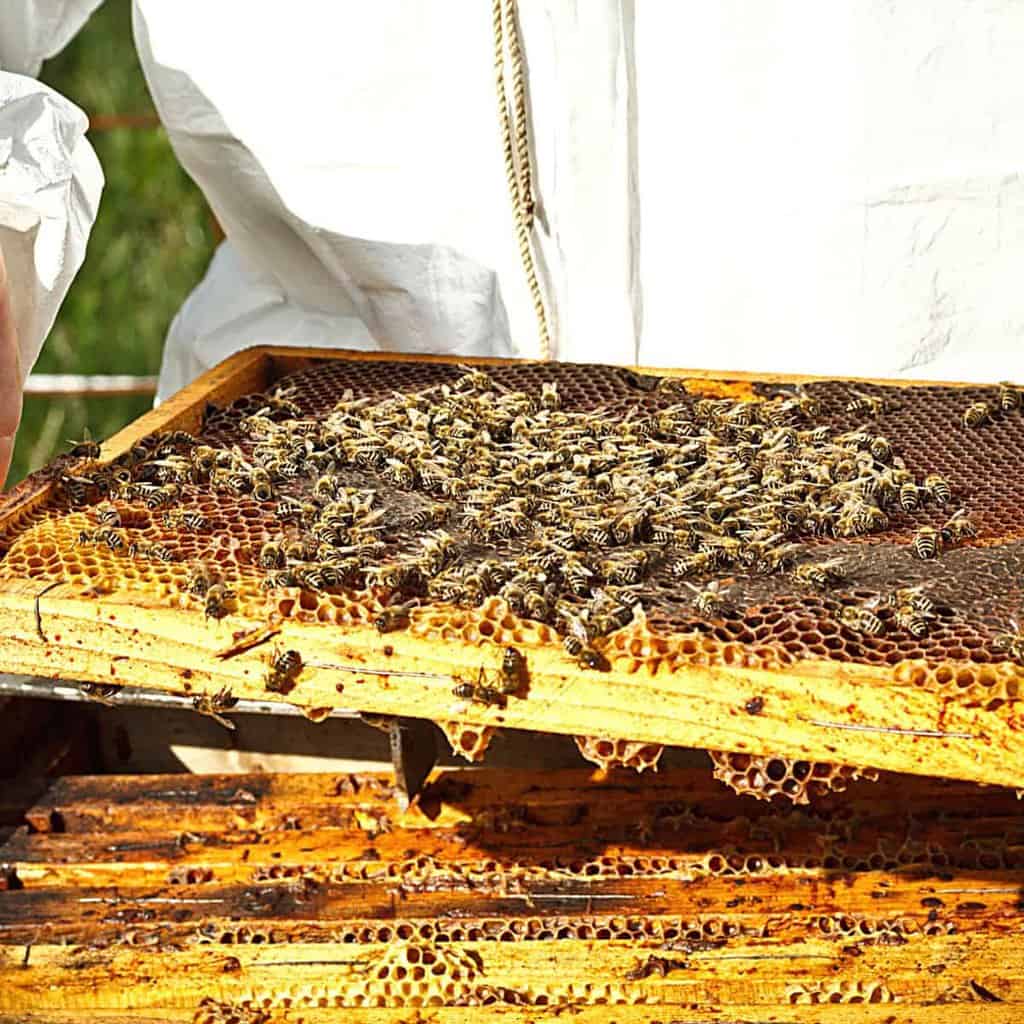
Increased Honey Production
Utilizing two queen bees in a single hive can increase honey production by up to 25%. This increase is due to the increased number of worker bees available to forage for food. The larger population of bees also allows for more efficient honeycomb construction, leading to a larger production of honey.
Reduced Swarming
Swarming is a natural behavior of bees when overcrowding occurs. By using two queen bees, beekeepers are able to reduce the risk of swarming. The presence of two queens creates a more balanced distribution of resources, allowing for more efficient production and less competition among the bees.
Reduced Parasite Load
By having two queen bees in the hive, beekeepers are able to reduce the risk of parasites and disease. The increased population of bees serves as a natural defense against parasites, as the larger colony is able to better defend itself. Additionally, two queens can reduce the spread of disease, as the presence of two queens allows for better distribution of resources and prevents overcrowding.
Improved Colony Vitality
Two queen bees in a single hive can result in improved colony vitality. This is because two queens are able to provide more balanced distribution of resources, leading to improved health and productivity. Furthermore, two queens can increase the population of bees, providing better defense against predators and increased honey production.
How to Introduce Two Queen Bees Into a Hive
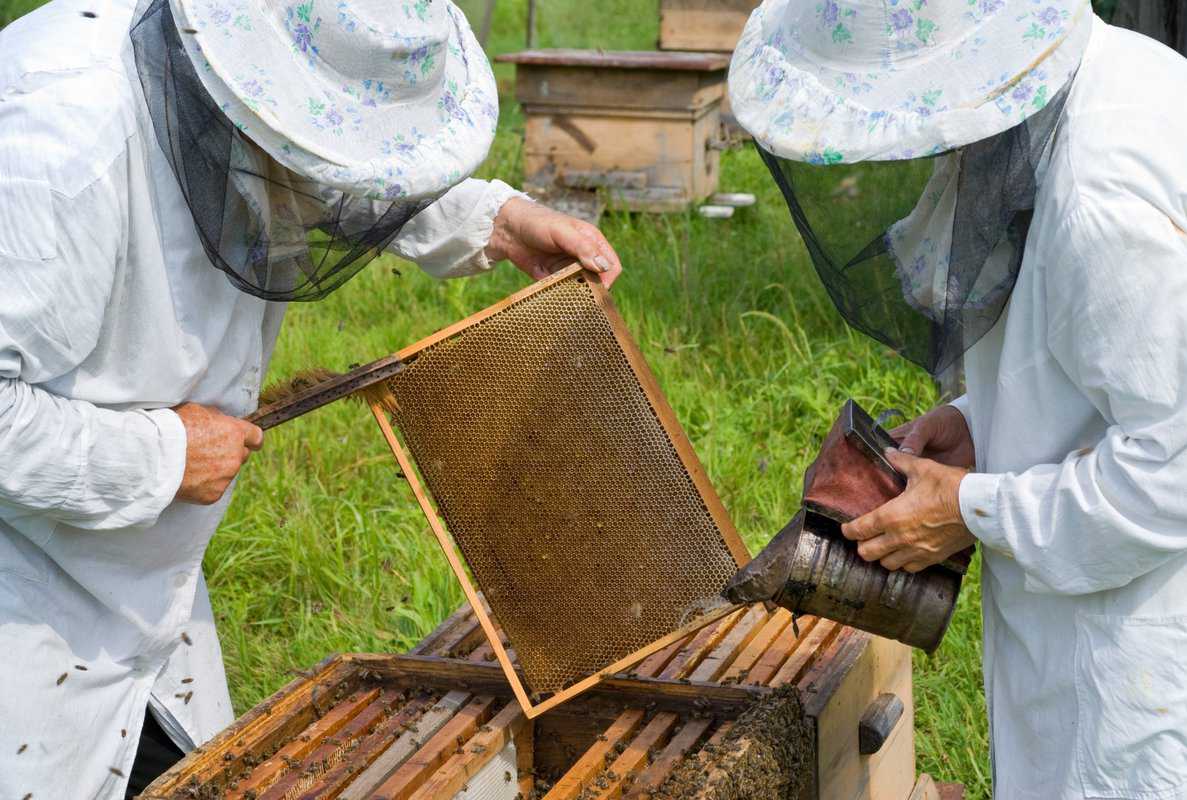
- Select two healthy queens – The queens should be healthy young bees that have been bred from a good stock of bees. It is important to select queens from a high-quality stock and to make sure the queens have been properly mated.
- Prepare the hive – Before introducing the two queens, the hive should be prepared by removing any old comb and replacing it with new wax foundation. Additionally, the hive should be thoroughly cleaned and any pests should be removed.
- Introduce the queens – The two queens should be introduced into the hive at the same time. This can be done by placing the queens in separate cages with a few attendant bees and inserting the cages into the hive. The attendant bees will help the queens adjust to their new environment.
- Monitor the hive – After introducing the queens, it is important to monitor the hive to ensure the queens are accepted and to ensure the hive is thriving. The queens should be regularly checked to ensure they are healthy and that they are laying eggs. If there are any signs of fighting or aggression, the queens should be separated.
How to Manage Two Queen Bees
Beekeeping can benefit from using two queen bees as they help increase the number of bees in the hive and promote a more productive hive. Here are some tips on how to manage two queen bees:
Ensure Optimal Conditions: Two queen bees should be kept in separate hives in order to ensure optimal conditions for each. The hives should have enough room for their separate colonies to thrive, and the hives should be located in a sunny area that is away from any wind drafts.
Check for Queen Cells: Check the hive for queen cells to make sure the existing queens are healthy and the hives are producing enough eggs. If there are too many queen cells, it could mean that the queens are not producing enough eggs or that one of the queens is not accepted by the hive.
Replace Queen Cells: If there are too many queen cells, remove them and replace them with new queen cells. This will help ensure that the hives are producing enough eggs and that both queens are accepted by the hive.
Maintain Separate Hives: Make sure to maintain the separate hives and keep the colonies separate at all times. This will help ensure that the queens are not competing for resources and that they are producing enough eggs.
Monitor the Queens: Monitor the queens to make sure they are both healthy and producing enough eggs. If one of the queens is not producing enough eggs, replace her with a new queen.
Maintain Healthy Hives: Make sure to keep the hives healthy by providing enough food and water, and maintaining the hive to prevent disease. This will help ensure that both queens are producing enough eggs and that the colonies are healthy.
By following these tips, beekeepers can successfully manage two queen bees and benefit from their increased productivity.
Frequently Asked Questions
What are the Advantages of Having Two Queen Bees in a Beekeeping Colony?
- Increased productivity: With two queens, the colony can produce more honey and wax, as they can lay more eggs and thus increase the population.
- Better brood care: Having two queens also means that there are more workers to take care of the brood, leading to healthier, stronger colonies.
- Reduced in-fighting: When two queens are present in the hive, they are less likely to fight for dominance and resources, leading to a more harmonious colony.
- Improved genetics: By introducing a second queen, you can introduce new genes into the colony, leading to healthier, more productive bees.
What is the best way to introduce two queen bees into a beekeeping colony?
The best way to introduce two queen bees into a beekeeping colony is to use the “walk away split” method. This involves splitting the existing colony into two equally sized colonies and introducing a new queen to each. This approach helps ensure that the bees are used to each other and can coexist together. Once the two colonies have been established, they can be monitored to ensure that they are both healthy and thriving.
How do two queen bees affect the population of a beekeeping colony?
Two queen bees in a beekeeping colony can result in increased population growth and increased productivity. This is because two queen bees produce more eggs than one, resulting in a larger worker bee population. With two queens, the colony is able to support more worker bees and increase the colony’s honey production. Furthermore, two queen bees help balance the colony’s population by making sure that there are enough workers to take care of the larvae and brood. Lastly, two queen bees can help regulate the temperature in the hive and keep the colony healthy.
What are the Potential Risks Associated With Having Two Queen Bees in a Beekeeping Colony?
- Overpopulation: With two queen bees in the colony, there is a potential for a rapid increase in the size of the colony, leading to overcrowding and resource shortages.
- Competition: With two queens in the same colony, the bees may compete for resources and territory, leading to increased aggression and fighting among the workers.
- Increased Disease: The increased population and competition can lead to a greater risk of disease, as more bees are in close contact and sharing resources.
- Inbreeding: If the two queen bees are related, there is a risk of inbreeding, which can lead to genetic defects and the weakening of the bee population.
- Reduced Honey Production: With two queens in the colony, there is a risk that honey production will be reduced, as the bees will be spending more time and energy on competing for resources and defending their territory.
What are some tips for managing a beekeeping colony with two queen bees?
- Monitor queen activity – Monitor the activity of both queens to ensure that they are both healthy and active. Ensure that there is plenty of food available for both queens and that they are both laying eggs.
- Check for queen cells – Regularly check the colony for queen cells. This can be done by looking for new capped queen cells or by shaking the frames of bees to see if queen cells are present.
- Remove queen cells – If queen cells are present, remove them immediately to prevent the colony from attempting to supersede the existing queens.
- Establish a queen rotation system – Establish a queen rotation system to ensure that both queens are given equal time to lay eggs and that the colony is not relying too heavily on one queen for all of its egg laying needs.
- Encourage bee activity – Ensure that there is plenty of bee activity in the colony by providing them with ample food and water. This will help to keep both queens active and productive.
- Perform regular inspections – Perform regular inspections of the colony to ensure that both queens are healthy and active and that the colony is functioning properly.
Conclusion
Using two queen bees in beekeeping can have many benefits, such as increased honey production and greater colony stability. Additionally, two queen bee colonies can offer beekeepers better honey quality and an expanded genetic diversity. The use of two queen bees can also help prevent swarming and mitigate the risk of disease. As beekeepers look for ways to increase honey production and hive health, two queen bee colonies may be the solution.
